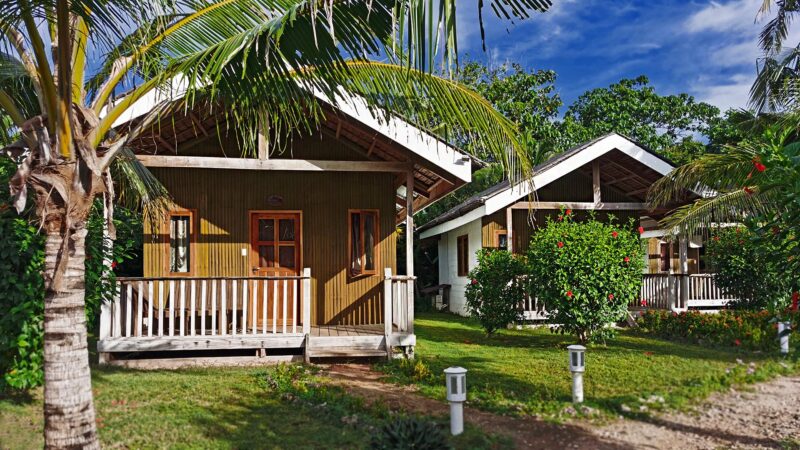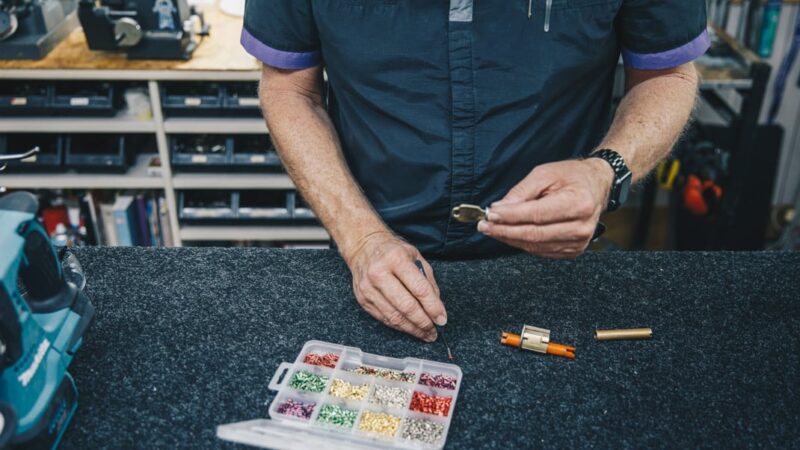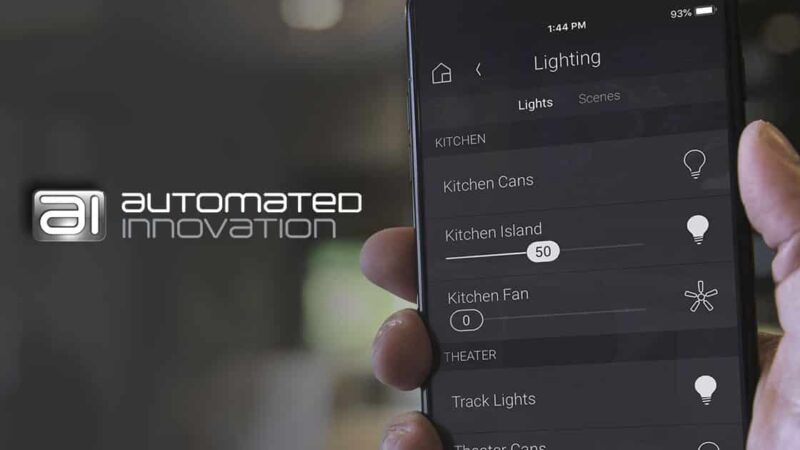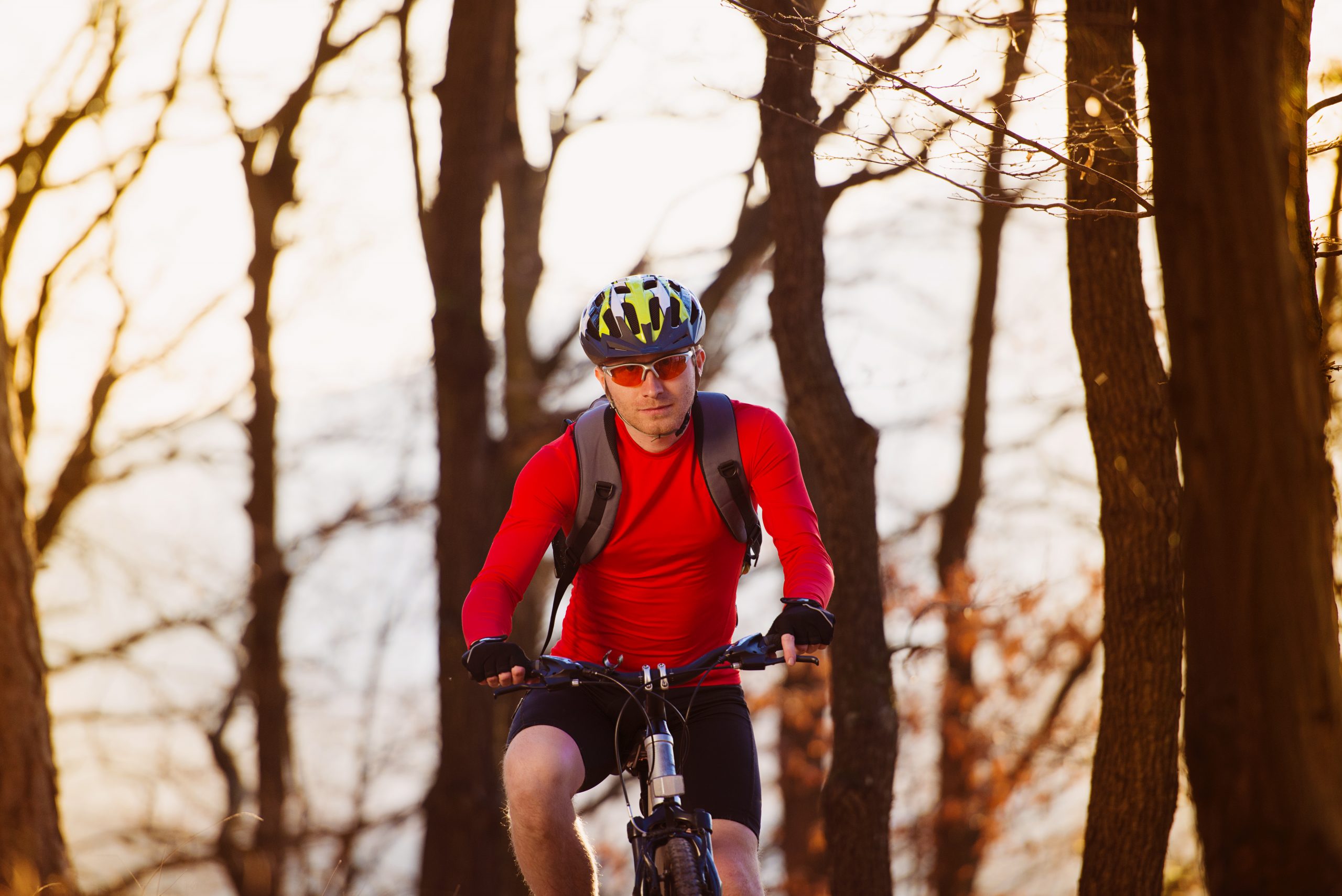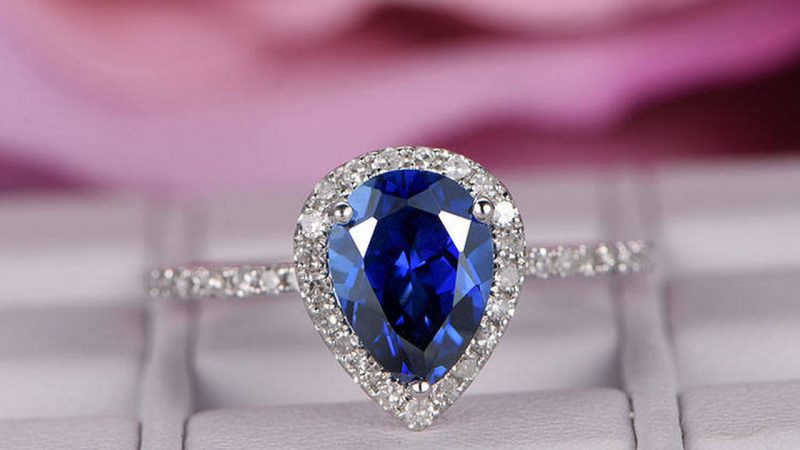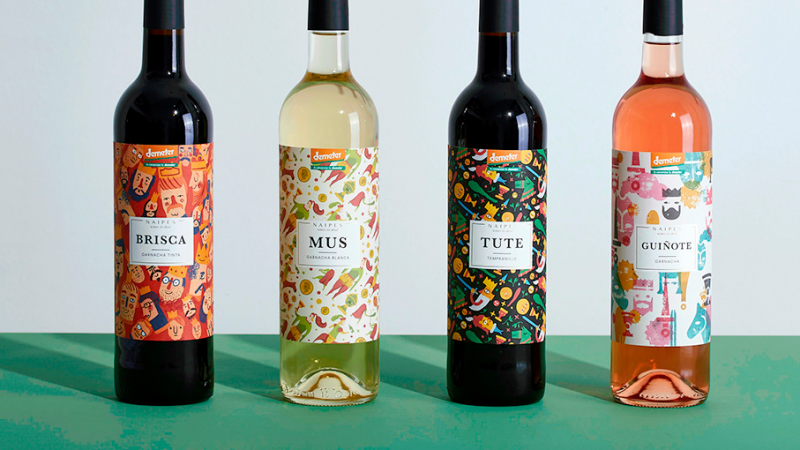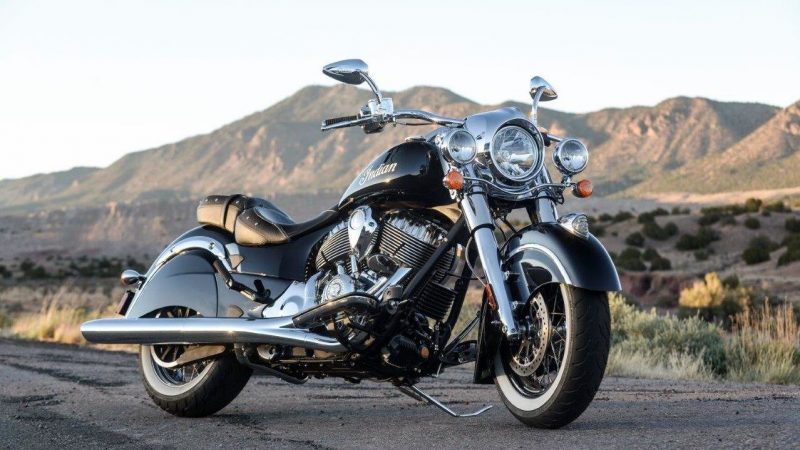Congratulations on your new bike! The time has come to equip yourself. If your bike is not new but you still do not have basic safety equipment for it, this article is also for you.
Why do you need basic safety equipment for your bike?
The basic safety equipment that we can find, for the bicycle and for the cyclist, is designed with three main objectives:
- Safety (for the bicycle and for the cyclist)
- Comfort
- Self-sufficiency
The basic safety equipment that we choose will have to be based on the type of bicycle, the use we give it, and, of course, our particular tastes. Ideally, start with basic equipment. Over time we will realize our needs and we will look for the right accessories to satisfy them. In this case, we will focus on the urban cyclist.
Basic safety equipment for the urban cyclist
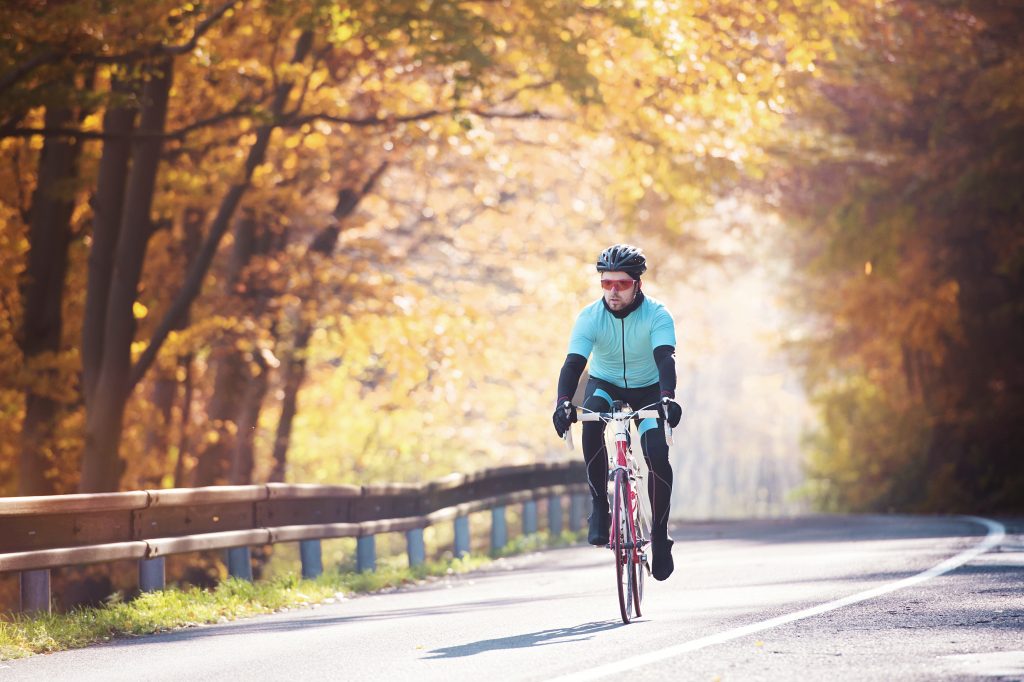
1. Accessories for safety
- Lights
The first thing we have to consider is security. As urban cyclists, we are part of the vehicular flow and we are exposed to possible mishaps with other vehicles and pedestrians. The best way to protect ourselves against these mishaps is to always remain visible. For this reason, a good set of lights is one of the essential accessories for the urban cyclist. Reflecting is not enough! There are different garments, such as vests or bands of fluorescent colors and reflective bands that we can use, as a compliment, to make ourselves more visible. A good recommendation is to wear brightly colored clothing, especially at night.
- Helmet
Although the use of a helmet has become a topic of discussion in recent years, we suggest its use.
- Padlock
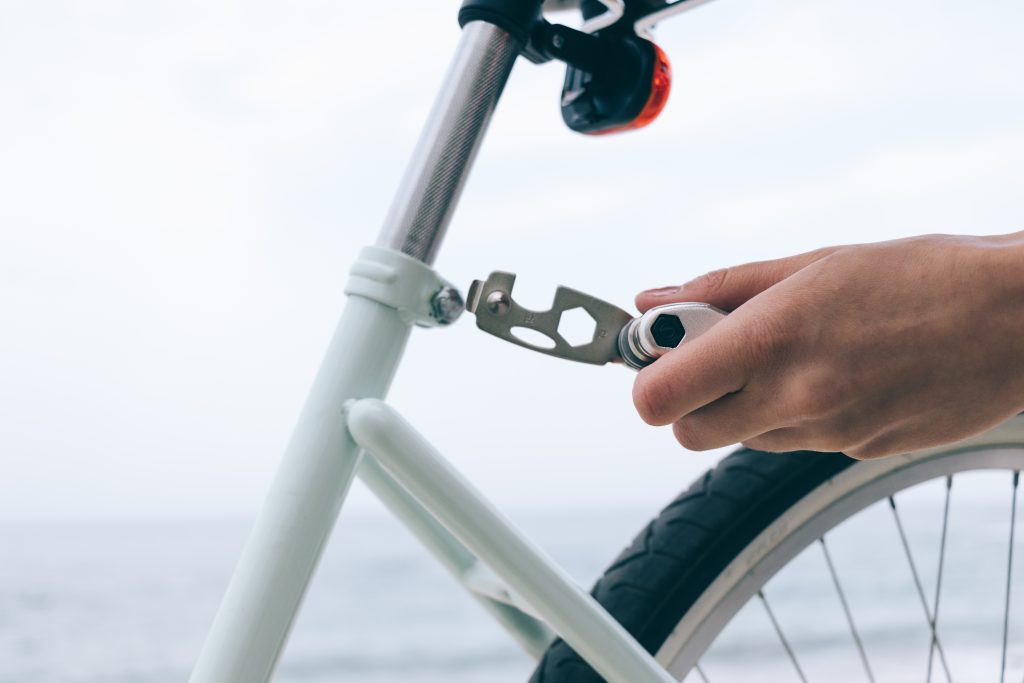
Another basic safety equipment for the urban cyclist is a good lock . Sadly, bicycle thefts are the order of the day. There is no infallible lock, so the best way to secure our bike is to make it harder to steal than the next bike.
2. Accessories for comfort
- Backpacks
When we use a bicycle to move around the city, freight transport is inevitable. Depending on our activities, at some point, it will be necessary to carry the computer, books, change of clothes, the errand, etc. The most practical and simple way to transport light loads for short distances is a backpack.
- Grills, saddlebags and baskets
In hot weather, on long trips, when the load is heavy or large, the backpack can be impractical.
- We arrived with our backs all sweaty
- May affect control due to weight swaying
- The load does not fit due to its geometry
- It turns out tired
- Etc
To transport heavier or bulky loads there is no such thing as a good rack or rack. Equipped with a saddlebag or a basket we can carry everything.
In the saddlebag, we can carry what we would normally carry in the backpack, with the advantage that it is attached to the rack and not on our back.
With the basket, either front or back, we can put the backpack and many other things that we need for our daily activities.
3. Accessories for self-reliance
- Basic tool kit
A good urban cyclist must always be prepared to make minor repairs and adjustments. You never know where or when you will need to change or patch a tube, some chain problems, brakes, or any other fairly common mishaps. A basic toolkit is essential to get out of trouble.
Basic kit:
- Levers or shovels to remove tires.
- Game to patch cameras.
- Replacement camera.
- Portable air pump.
- Spanish Wrench (generally 15mm.)
- Lightning wrench.
- Screwdriver set.
- Allen key set.
- Cut chain.
There are multi-tools that, as the name implies, include several tools in one. Quite practical and easy to bring at all times.
Other very useful accessories for the urban cyclist:
- Splash guards or fenders
- Glasses
- Gloves
- Rear-view mirror
- Amphorae and amphora holder
- Patita or Parador
What should I take into account before buying my basic safety equipment?
Not all basic safety equipment fit just any bike or rider
Whether it is an accessory for the bicycle or for us, it is important that you make sure that the basic safety equipment is the right one, has the right measurements, and is compatible with our pedaling style and use that we give to the bicycle.
Price and quality
In bicycle stores, you will find a great variety of the same accessory, within a fairly wide price range. Typically, higher quality translates to higher costs, although this is not a rule.
The ideal is to research and compare before buying:
- Ask the store about the differences between similar products.
- Look for reviews in trade magazines or on the Internet.
- Ask other cyclists.
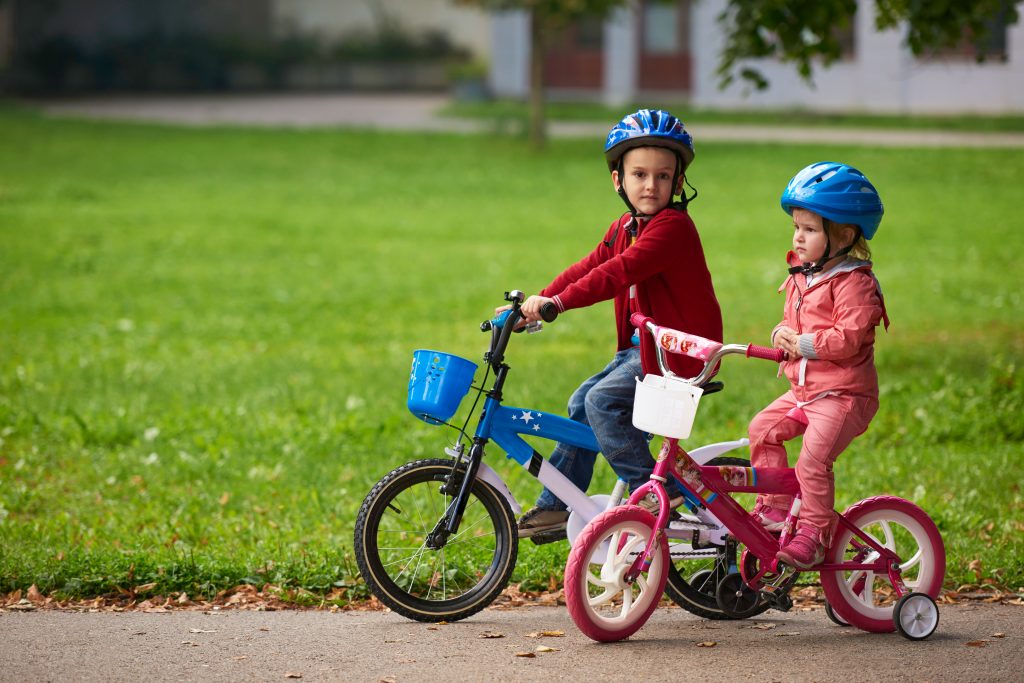
The inexpensive versions of many of the basic safety equipment you find tend to last less. Evaluate your investment very well. There are items, such as locks, pumps, etc., where there is no point in skimping on costs. It is wise to invest in a good quality accessory that can last you a long time. Remember that the important thing is that the accessories fit your needs.
I hope this guide is useful to you and you can equip yourself properly.
Here is another article on this blog that might interest you


